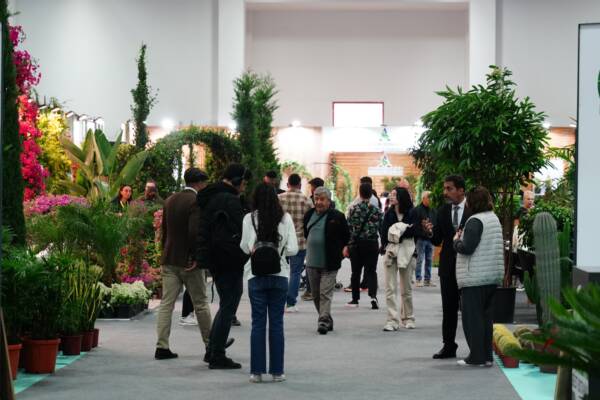Mia Buma of the AIPH Novelty Protection Group writes, AIPH has contributed to the UPOV discussions concerning the Essentially Derived Variety (EDV) principle in the UPOV 1991 Convention, aiming to revise and improve UPOV’s Explanatory Note on EDV.
The revision of the Explanatory Note (EXN) is supported by AIPH as growers will benefit from a clear EDV-status as well, even more with the introduction of New Breeding techniques. However, since the EDV principle is an issue between breeders in the first place, AIPH asked CIOPORA to represent the grower’s interest in the UPOV working group that prepares the revision of this EXN.
In this message, I would like to update you about UPOV’s working group’s progress on EDV. Two meetings have taken place, and the next will be on 27 April.
Last February, the joint breeder’s organisations (including CIOPORA, ISF, CropLife International, AFSTA, APSA, Euroseeds and SAA) have presented UPOV with a joint statement their expectations for revised EXN on Essentially Derived Varieties (EDV). They emphasised it is of the utmost importance for the industry to confirm predominant derivation from the Initial Variety in the revised UPOV EXN as the vital requirement for EDV.
The EXN should establish that predominant derivation requires a higher level of genetic conformity than typically obtained by crossing and selection with an Initial Variety. A clarification of the EDV status of new varieties needs to develop. This definition includes using mono-parental derivation, such as mutations, new breeding technologies, genetic engineering, and multi-parental derivation, such as recurrent backcrossing, which would provide legal certainty breeders as to what varieties qualify. It would also clarify what is essentially derived and how essential derivation to establish it in practice.
On the subject of differences and conformity between an EDV and its Initial Variety, the new EXN should not limit the number of differences to one or very few. This lack of clarity is the case with the current EXN version, and we should recognise that, depending on the breeding method, differences may also occur in the essential characteristics.
Finally, in breeders’ opinion, the holder of a Plant Variety Right (and not the Plant Breeder’s Authority, which is the case in some countries) should be in charge of monitoring for EDVs, derived from their protected variety, on the market. Given the lack of essential provisions in the 2017 EXN on EDV, the revised EXN should include guidance on the roles, accountabilities, conditions and procedures relating to EDV to ensure consistent application of the EDV principle globally.
According to the joint breeders, if the revised EXN on EDV addresses the breeder alliance’s priorities on EDV, it would help fulfil the EDV principle’s fundamental purpose. As in the 1991 Act of UPOV, it provides effective protection to a breeder who develops the Initial Variety by elaborate means of crossing and selection. Furthermore, a sufficiently broad EDV principle is required to account for the rise of New Breeding Technologies that enable both single and multiple modifications of a PVR-protected Initial Variety in one act of derivation and a short period.
AIPH follows these discussions concerning the revision of the EXN on EDV, and I’ll inform you about the further developments after the next meeting of UPOV’s working group on 27 April.
For further information email info@miabuma.nl



















